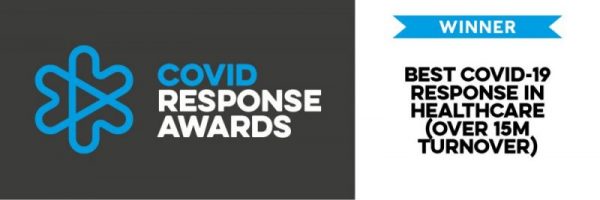Share

Tennis elbow is irritation in the area around the bony bump on the outer side of the elbow where the muscles of the forearm attach. This bony lump is called the lateral epicondyle, and the medical name for tennis elbow is lateral epicondylitis. Similar symptoms can occur on the inner side of the elbow, which may be called golfer’s elbow.
Symptoms of Tennis Elbow
Tennis elbow is characterized by pain and tenderness in the elbow and in the back of the forearm. This is made worse by using the elbow. Symptoms vary in severity and duration, but usually include most of the following:
- recurring pain on the outside of the upper forearm just below the bend of the elbow. (sometimes, pain may be felt down the arm towards the wrist);
- pain caused by lifting or bending thearm;
- pain when writing or when gripping even small objects such as apen;
- pain on twisting the forearm, for example, when turning a door handle; and
- difficulty extending the forearm fully.
- Most symptoms resolve within 6 months, and 90% of people no pain within a year.
What causes Tennis Elbow?
Excessive, repeated or sustained use of the muscles that extend the wrist can cause irritation of the tendons. Tennis elbow happens most commonly when you suddenly use your forearm muscles a lot without having used them much before, such as using power tools or a screwdriver for DIY or working in your garden. Even if you are used to this type of work, you can still overdo it. The aggravating activity may include:
- using scissors or shears e.g.gardening;
- sports that involve repetitive arm use such as throwing, swimming, racquet sports (particularly if you play very regularly after not playing for a long time, if you use a lot ofbackhand, or if your backhand technique is not very good) golf and;
- occupations that involve repetitive turning or lifting the wrist, such as typing, plumbing, bricklaying or assembly line work.
What should you do?
The good news is most symptoms will resolve by themselves unfortunately this can sometimes take up to a year. By avoiding the activities which aggravate your symptoms and identifying any factors which may contribute to your symptoms you can help control your symptoms.
Over the counter painkillers can be taken to treat mild pain. Your GP may prescribe anti-inflammatory to ease pain and inflammation. These are often available in creams or gel form, which can be rubbed over the affected area. You should discuss the use of any medication with your GP and/or pharmacist.
In some cases, referral to a physiotherapist may be advised if symptoms are severe or persist. Physiotherapy treatment can include stretching and strengthening the forearm muscles, along with the use of supports to reduce strain on the tendon. Acupuncture can sometimes be useful.
Shockwave therapy can be used as an adjunct to progressive loading exercises for those with a history of Tennis Elbow which has been present for three months or more. Studies have shown the positive effects of using Shockwave therapy for Tennis Elbow in reducing pain and preventing recurrence of re-injury when combined with appropriate exercises.
Can you prevent Tennis Elbow?
The best way to avoid tennis elbow is to avoid putting too much stress on the tendons of the elbow. The following measures may help:
- Stop the activity that is causing you pain or find a different way of doing it. If you use your wrist and elbow more than the rest of the arm, try to spread the load so larger muscles of the shoulder and upper arm work too.
- If you play a sport that uses repetitive movements, such as tennis, get some professional advice about your technique so that you do not strain your elbow.
- Ensure your workstation is set up correctly
- Warm up and gently stretch the muscles before playing sport.
- Enlarging the grip size on racquets or tools and decreasing their weight can also help to prevent you putting excess strain on the tendons.
- Wearing a brace when you are using your arm, and taking it off when resting can help prevent further damage to the tendons. Ask your physiotherapist for advice about the best type of brace for you.
- Increasing the strength and flexibility of your forearm muscles can help to prevent tennis elbow occurring. A physiotherapist will be able to advise you about suitable exercises.
Need help?
If your injury persists then please contact The Vita physiotherapy team here.
Related News
Vita is an award-winning, CQC registered healthcare provider














